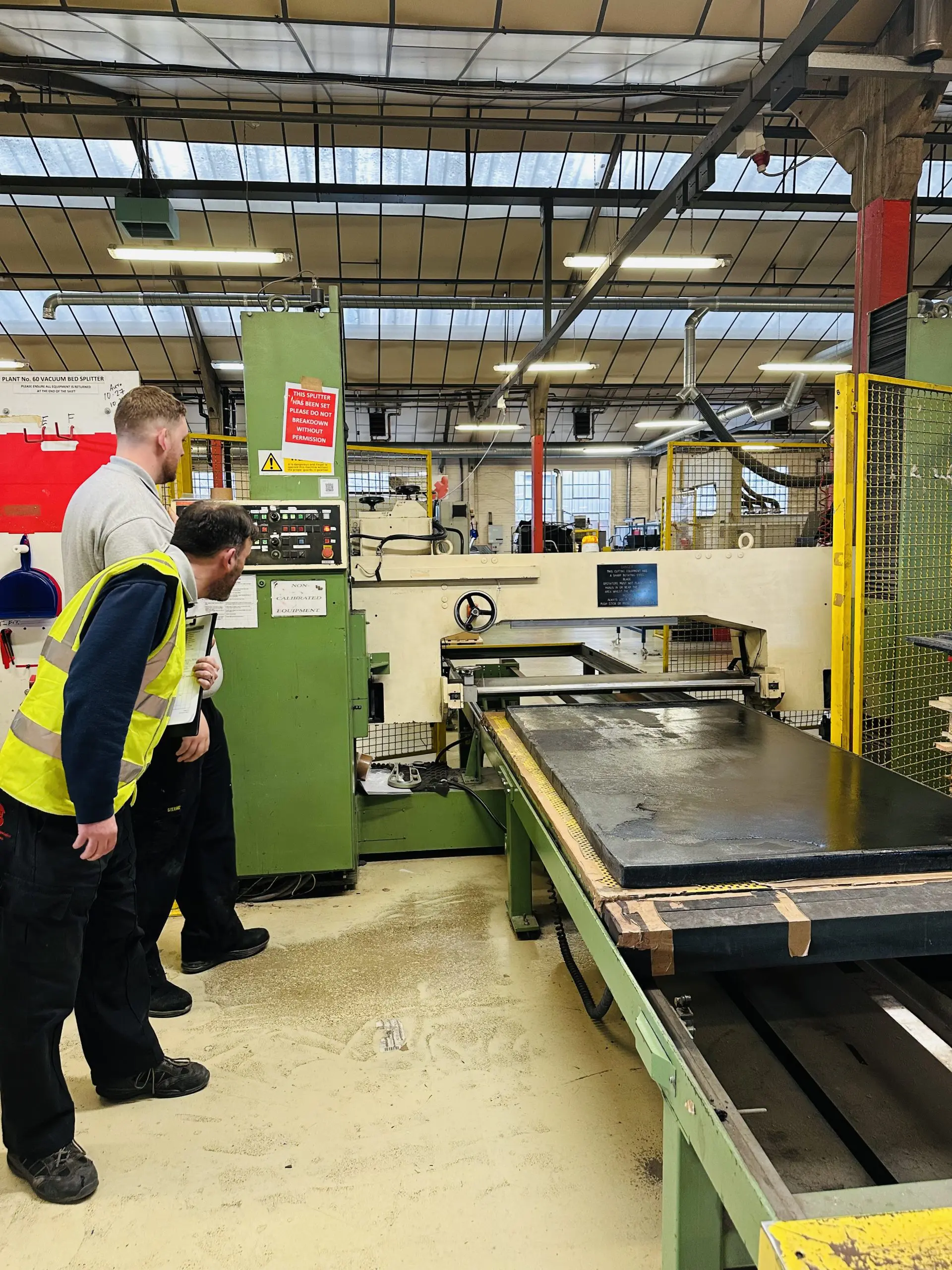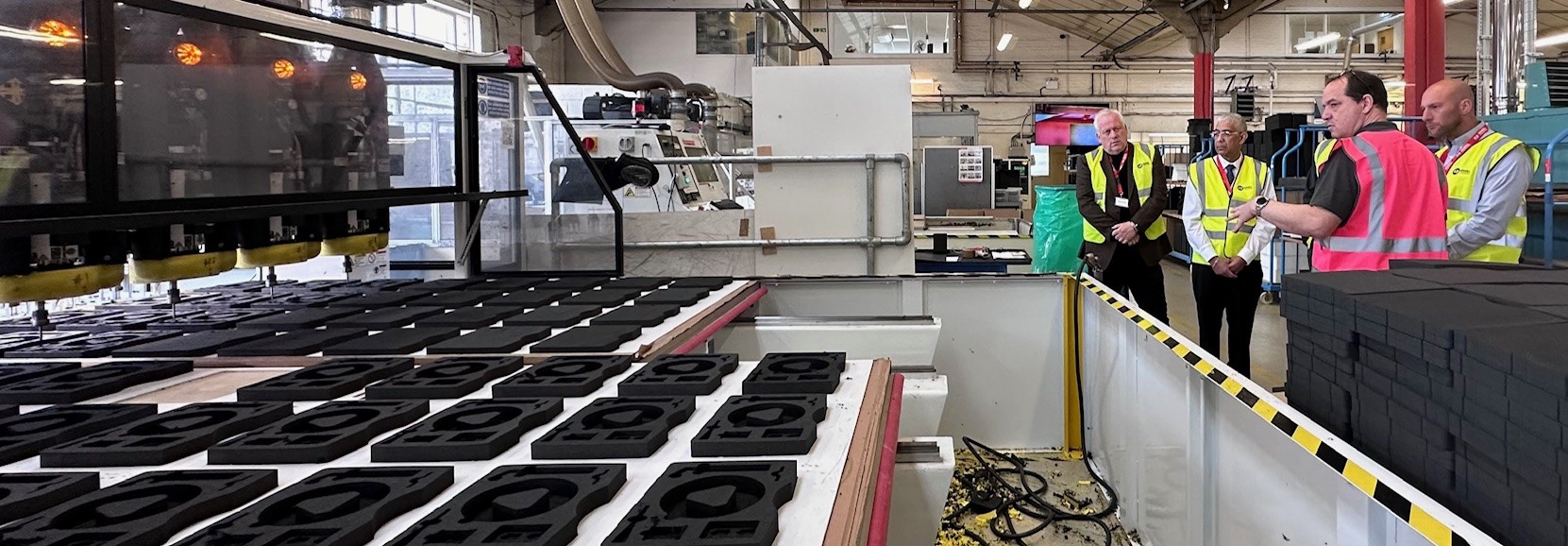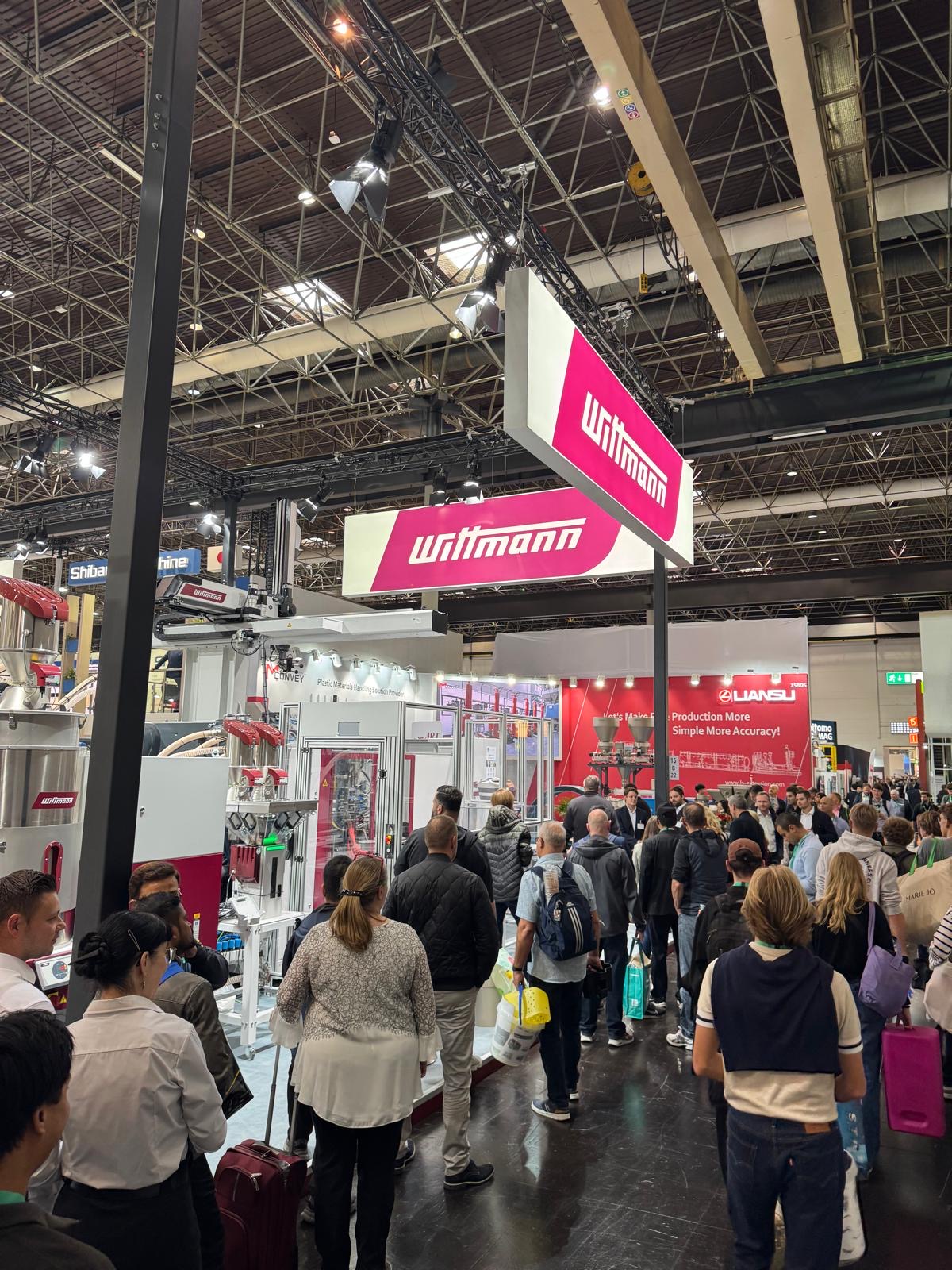
16th December 2025
How foam is quietly powering the next era of advanced engineering
Read more >

Safety is the cornerstone of operational excellence in the fast-paced manufacturing and industrial sectors. One critical component that significantly enhances safety protocols is fire retardant foam. This blog post delves into the essential aspects of fire retardant foam, its applications, and factors to consider when selecting the appropriate foam product for your needs.
Fire retardant foams, also known as fire-rated or flame-retardant foams, are specially engineered materials designed to resist ignition and self-extinguish when exposed to fire. These foams are indispensable in industries where fire safety is paramount.
Flame retardant foams are created by incorporating a fire-retardant additive during the manufacturing process, which enhances the material’s fire resistance and self-extinguishing properties. At Kewell Converters, we offer a range of foam materials including Plastazote, all possessing flame retardant properties, providing robust protection against fire hazards.
The efficacy of flame-retardant foam lies in its composition. The fire-retardant additive ensures that the foam becomes resistant to fire and can self-extinguish after exposure to flames. This means that even if the foam encounters a fire, it won’t propagate the flames and will extinguish itself, significantly reducing the risk of fire spreading.
At Kewell Converters, we provide various materials and grades of flame retardant foam, ensuring that they meet the same high standards as their non-flame retardant counterparts. Whether you require foam case inserts, foam packaging, or foam product protection, our flame retardant options deliver excellent shock protection, lightweight robustness, and superior thermal and soundproofing characteristics.
The versatility of flame-retardant foams makes them suitable for a range of applications, including:
When selecting a flame-retardant foam product, consider the following factors:
It’s essential to address misconceptions about flame retardant foams:
The technology behind flame retardant foams has evolved significantly over the years. Advances have improved the fire-resistant properties of these materials without compromising their mechanical characteristics. Today’s flame retardant foams are more effective and versatile than ever, making them an essential component in enhancing fire safety across multiple industries.
Flame retardant foams play a vital role in improving safety measures in manufacturing and industrial operations. At Kewell Converters, we offer a range of high-quality, flame-resistant foams that provide excellent protection and performance across various applications. Whether you’re looking for foam case inserts, foam packaging, or foam product protection, our flame retardant options are designed to meet your needs.
By understanding the properties, applications, and selection criteria for flame retardant foams, you can make informed decisions that enhance safety and efficiency in your operations. For more information or to explore our range of flame retardant foams, don’t hesitate to email us.
Read more from the blog Showcasing Innovation: The UK Gasket & Sealing Association Members Visit and World Engineering Day Insights with our MD

16th December 2025
Read more >

11th November 2025
Read more >

14th October 2025
Read more >